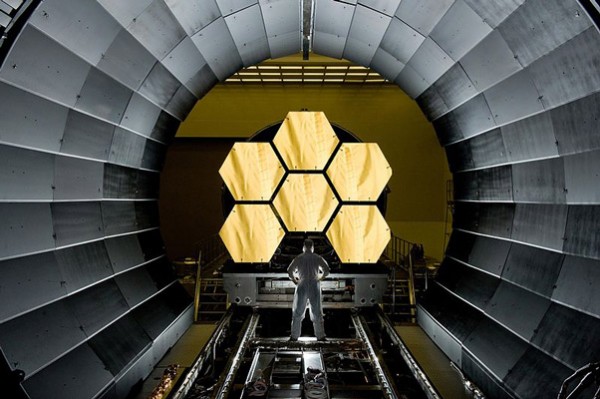Astrobiologers Found a Way to Detect Life on Other Planets
2014.03.10

A team of astrobiologists have discovered a new method of detecting water... AND life on distant planets.
The only problem? The telescope we need to do it won't be online until the year 2018.
Heavy atmospheres keep water from drifting off the planet and into space (like Earth's), so astronomers like to look for them when searching for potentially habitable planets beyond our solar system.
But they've now found a new method for detecting heavy atmospheres around terrestrial planets that could not only host water, but life.
University of Washington astronomer Amit Misra and his colleagues described the method in the latest issue of Astrobiology: The technique depends on the detection of "dimers," or molecules that have coupled together in an exoplanet's atmosphere. A dimer is a general term that refers to any compound assembled from two identical smaller units.
Misra and team are mostly concerned with the presence of oxygen dimers. Since oxygen gas usually takes the form of O2, an oxygen dimer actually comprises four oxygen atoms, and is written as O2-O2.
Science's Angus Chen gives a good summary of the technique:
When a planet passes in front of its star, starlight shines through the planet's atmosphere and continues through space until it reaches us. Dimers in the atmosphere absorb light like a color filter on a camera lens, creating anomalies detectable once the pressure of the planet is at least 0.25 bars—high enough to hold down liquid water.The detectable signals Misra and his team describe will only show up if the atmosphere is pressurized and well-oxygenated. So if astronomers observe a planet with a strong oxygen dimer signal, it'll likely serve as compelling evidence that the planet is home to alien life.
Unfortunately there are no current planet-characterization missions online that can perform this new method of atmospheric O2-O2 analysis. For that, researchers say we'll have to wait for this unprecedented power afforded by NASA's successor to Hubble, the James Webb Space Telescope, slated to launch in October 2018.
[Science]
More Articles
Copyright © Fooyoh.com All rights reserved.